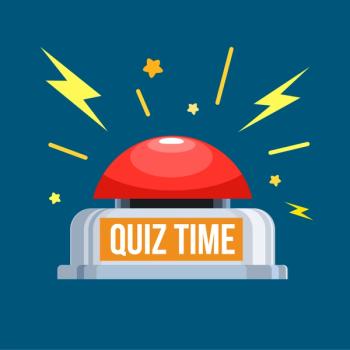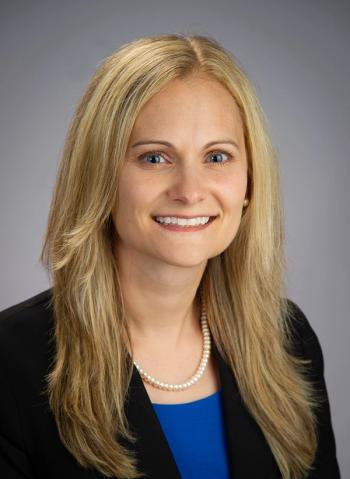
- May 2023
- Volume 40
- Issue 04
AAP: Tips for preventing medication poisoning in children
The American Academy of Pediatrics recently released several tips to prevent medication poisoning in young children because of a rise in opioid-related poisonings from 2005 to 2018.
About 50,000 children in the United States visit the Emergency Department every year after swallowing something potentially dangerous. Of those, about 9000 are hospitalized–some resulting in death–from poisoning, according to the American Academy of Pediatrics (AAP).
Opioids are the most concerning and common substance contributing to fatal poisoning among children aged 5 years and under. According to AAP, a new study shows that opioid-related poisonings contributed to 52.2% of deaths in 2018, up from 24.1% in 2005.
Preventative steps to keep opioids, prescriptions, and OTC medications out of the hands of children can help curb the rise in opioid-related poisonings among this patient population. The AAP recently released several tips on how caretakers can keep medications out of the hands and mouths of their children.
Storing medications on a high shelf or cupboard is a clear step in avoiding an incident involving children. However, the AAP states medications should be out of sight as well. About half of the children involved in OTC medication poisonings climbed on objects to reach the medications.
With medications tucked away and out of sight, caretakers are urged to keep medications in original containers, which feature child-safety caps. Further, if prescription pain medications or attention-deficit/hyperactivity disorder medicationsare in the house, caretakers should consider using a locked box as an extra layer of security.
When prescriptions or OTC medications enter the house, the AAP advises caretakers to keep track of how many pills are in each bottle and write the start date on the label. When a spill happens, caretakers can know how many pills, if any, are missing from the bottle.
To limit the spread of a spill, distributethe medicationovera table or counter. If a spill occurs, there’s a better chance it will be contained in a smaller area.Regardlessof where, caretakers should vacuum or sweep the areain the event of a spill. This extraprecaution can ensure all pills are accounted for.
Any medication has the potential to be dangerous around children. Thoughopioids receive a lot of attention, AAP states some blood pressure and diabetes medications can be fatal to a toddler, even if they swallow only 1 pill.
Proper disposal of unused medications is also important. The AAP recommends disposing of unused medications, especially opioids, to doctors’ offices, pharmacies, or verified programs that collect unused drugs.
Caretakers should get into the habit of safe medication storage as soon as the baby is born. When the baby begins to crawl and walk, preventative procedures should be well-established.
Many believeopioids work best for pain. According to AAP, recent studies show that nonopioid medications like ibuprofen and naproxen can be just as effective. The association warns that if a child is prescribed an opioid for continued severe pain, it should be taken exactly as prescribed in both dosage and treatment duration.
Caretakers should also be advised of the importance to keep the Poison Center Number (1-800-222-1222) stored in their phones; in the event an incident occurs.
The AAP reminds that when prescriptions and OTC medications are present in homes with children, taking preventative safety measures can reduce the chance of a serious and potentially fatal incident.
Reference
American Academy of Pediatrics: 10 ways to prevent poisoning in young children.AAP. March 14, 2023. Accessed March 17, 2023.
Articles in this issue
over 2 years ago
What are the health care protocols in a postpandemic world?over 2 years ago
2-year-old boy with atopic dermatitis flare on legsover 2 years ago
Study finds link between COVID-19 vaccination and vulvar ulcersover 2 years ago
Highlighting Mental Health Awareness monthover 2 years ago
Building mental fortitude in the competitive student athleteNewsletter
Access practical, evidence-based guidance to support better care for our youngest patients. Join our email list for the latest clinical updates.




